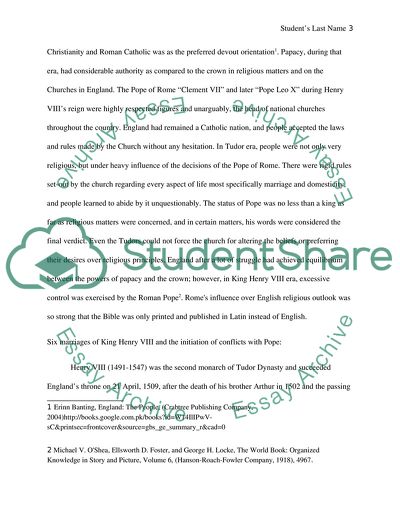Cite this document
(King Henry VIII and the English Reformation Movement Research Paper Example | Topics and Well Written Essays - 3250 words, n.d.)
King Henry VIII and the English Reformation Movement Research Paper Example | Topics and Well Written Essays - 3250 words. https://studentshare.org/history/1796928-king-henry-viii
King Henry VIII and the English Reformation Movement Research Paper Example | Topics and Well Written Essays - 3250 words. https://studentshare.org/history/1796928-king-henry-viii
(King Henry VIII and the English Reformation Movement Research Paper Example | Topics and Well Written Essays - 3250 Words)
King Henry VIII and the English Reformation Movement Research Paper Example | Topics and Well Written Essays - 3250 Words. https://studentshare.org/history/1796928-king-henry-viii.
King Henry VIII and the English Reformation Movement Research Paper Example | Topics and Well Written Essays - 3250 Words. https://studentshare.org/history/1796928-king-henry-viii.
“King Henry VIII and the English Reformation Movement Research Paper Example | Topics and Well Written Essays - 3250 Words”. https://studentshare.org/history/1796928-king-henry-viii.


